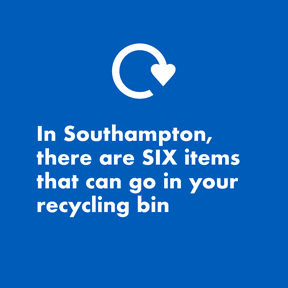How we manage parks
We aim towards the basic principles of the Green Flag Award criteria as our goal in managing our parks.
Each park should have its own management plan drafted by our qualified and experienced parks, environment and trees teams. These should have input from friends groups, park users and other departments and agencies. We have management plans for all Green Flag parks. We are creating new plans for the next tranche of parks we think are getting closest to meeting the Green Flag criteria. We have over 50 open spaces and just 11 Green Flag parks meeting the standard in 18 years. We are aware of the scale of the task ahead. Incremental reductions in park funding across the UK have made the task more challenging, but we retain the goal and work towards it.
A management plan sets out how we manage the park and what our collective aspirations are for its future development. They are linked from the individual park’s page. They are live documents and are updated each year.
We ensure that the way we manage parks incorporates wider organisational and national policies such as the:
- Green Space Strategy
- Climate Change Strategy and Action Plan 2023-2030
- Green Infrastructure Framework
- Sustainable Drainage systems (SuDS) and clean air policies
Part of the Green Infrastructure Frameworks outlines how our trees and open spaces contribute to mitigating the effects of climate change, air quality and biodiversity.
It is also part of the management to promote the positive contribution we can make to improve the:
- City’s environment
- Wellbeing of the city's residents and visitors
- Positive knock-on effect it has on the local economy
Because of these important benefits we also have a responsibility to:
- Protect our green open spaces
- Defend our green open spaces from development
- Assert sustainable land management
- Fiercely oppose actions from usage which might lead to damage
- Act to reinstate damage
Park development
We define park development as park renovation, adding new features and making upgrades such as improving accessibility, or biodiversity. This is as opposed to maintenance, which seeks to repair or replace existing infrastructure and planting. Sometimes the two overlap.
As a rule, development is funded from capital funding and maintenance is funded from revenue (Council Tax).
Park developments are funded by various sources. They sometimes use Community Infrastructure Levy developers contributions. This is a charge developers have to pay to contribute to the costs of upgrading the local infrastructure. Examples of this are highways, open spaces and other services which need upgraded to meet the demands that the new development will place on them.


